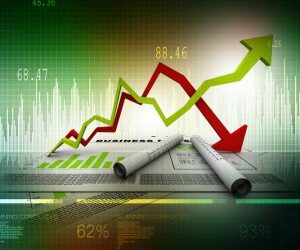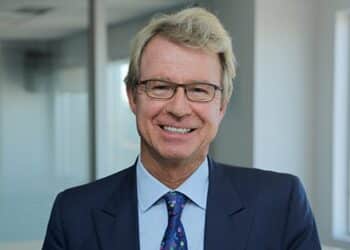Shane Oliver, AMP Capital chief economist, said that while ECB president Mario Draghi left the current quantitative easing program on hold, he said the policy will be reviewed again in December.
“The ECB’s strong easing bias is very supportive of eurozone shares, but because it puts downwards pressure on the value of the euro it adds to pressure on the Bank of Japan to consider further easing and on the Fed to further delay rate hikes,” he said.
UBS senior portfolio manager Jeff Grow also said the ECB is likely to review the degree of monetary policy accommodation at the next Governing Council meeting in December.
“Every central bank that has experimented with QE, thus far, has found it necessary to go further, and harder, than they ever envisaged,” he said.
Mr Grow said that with eurozone inflation still below target, the ECB is likely to consider both rate cuts and further asset purchases.
“You may recall that the deposit rate that the ECB pays the banks in Europe is already negative (-0.20 per cent), and so we are now steadying ourselves to go further into negative territory,” he said.
However, Mr Grow questions the timing of further QE. He said full implementation of QE1 is not scheduled until September 2016.
“This just reinforces the broader macro theme of lower-for-longer and continued policy accommodation globally.”
Mr Gross said with the People’s Bank of China also set to continue easing next year, three members of the G-4 now have a clear policy bias.
“Fed lift-off almost fades into the background, when compared with the combined power of the printing presses in Frankfurt and Tokyo,” he said.







